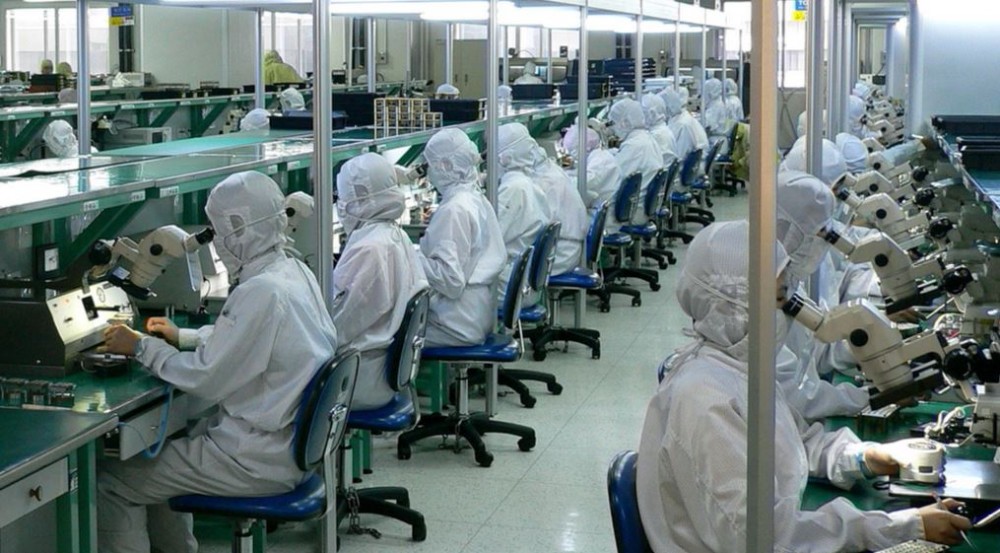Like lots of parts of China alleviate coronavirus traveling visuals, main manufacturing centers in the eastern and also south are seeing thousands of hundreds of migrant workers returning to function as well as more web traffic on the roads throughout heavy traffic.
Mainland China reported nine brand-new coronavirus cases outside the center of Hubei on Monday, the lowest given that the nationwide wellness authority began publishing nationwide everyday figures on January 20.
Several districts have reduced their coronavirus emergency situation response procedures, enabling more adaptability on transportation as well as helping firms return to production.
About 180 million employees have actually left their hometowns to go back to function considering that Feb 10, when China finished the prolonged Lunar New Year vacation because of the virus outbreak, according to Reuters estimations based on transport ministry data.
At the present everyday traveling flow price of greater than 14 million individuals, regarding 192 million individuals are most likely to return to cities where they work during the last 2 weeks in February, defeating a government forecast of 120 million.
Data compiled by China’s internet giant Baidu Inc reveals that Guangdong district, a financial and export giant in the south, as well as Zhejiang district, a significant production hub for textile as well as makers in the eastern, are seeing considerably much more inflows of migrant workers considering that recently.
Guangdong federal government stated it has actually sent nearly 200 legal trains in the past 2 weeks to bring more than 6,000 migrant workers back from their inland hometowns.
“Guangdong is prioritising production resumption at infotech, automobile, petrochemicals as well as house home appliances companies … particularly Huawei, ZTE, Midea and GAC Group,” claimed an elderly Guangdong authorities at a press instruction on Saturday.
Shenzhen, headquarters of Huawei and also called China’s Silicon Valley, has seen migrant circulations grabbing to the highest level after the Lunar New Year vacation, although it is still well below traveling flows throughout height days in 2014.
Urban transportation in Shenzhen also shows a sharp surge this week. According to Shenzhen traffic cops data, 420,900 autos were tracked on roadways during morning peak hours on Monday, up 58% contrasted to the same duration recently.
That remains 40% less web traffic than a regular Monday before the coronavirus outbreak, as Chinese authorities are still motivating workers to work remotely to minimize the danger of infection spread.
Location technology company TOMTOM’s website traffic index also reveals a climb in blockage degrees in Shenzhen as well as other major cities, including the capital Beijing and financial centre Shanghai, this week.
Guangdong district added 30,000 firms to its organisation resumption checklist recently, contrasted to only 12,000 firms the week previously.
Also as business go back to function, production degrees stay behind what they would usually result from supply chain disruptions, suppressed need, as well as erratic work scarcities.
Foxconn, among one of the most vital contract suppliers for Apple Inc has yet to return to production at full ability. The apple iphone maker just recently reduced its profits advice for the quarter due to sourcing as well as production concerns in China.
China Southern Power GridNSE -1.26 %, power supplier of Guangdong, stated the province consumed 5.58 bln kilowatt-hours power in the week of Feb. 16, up 17.3% from the week of Feb. 9. Power usage at industrial firms increased 62.1% on the week and climbed 15% at infotech companies.
The grid has not yet exposed the power information for the week of Feb. 23.
Daily coal intake at 6 major coal-fired power groups throughout China rose to 427,000 tonnes on Monday, the highest level for almost a month, however still 34% less than the same duration last year.
